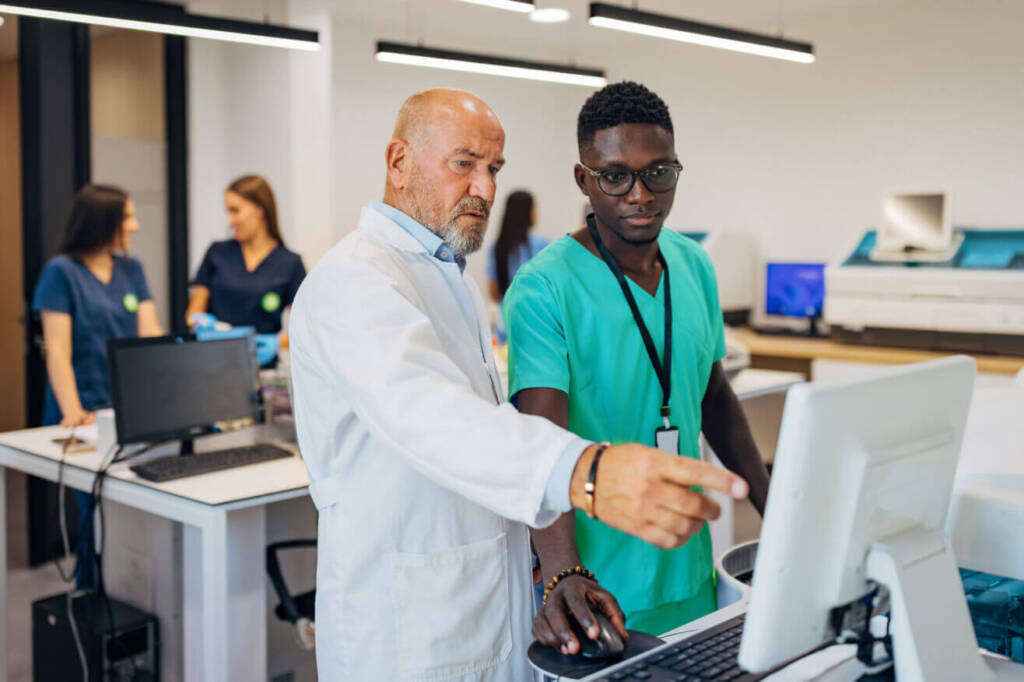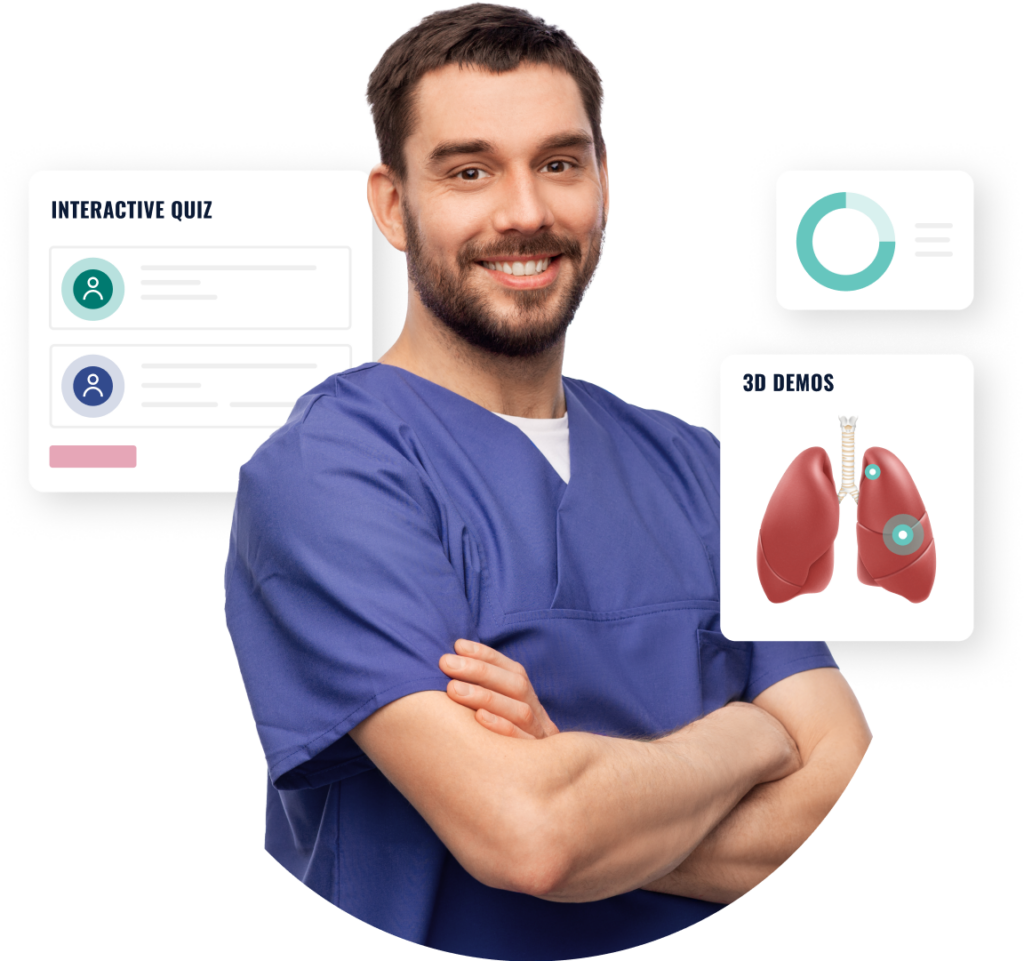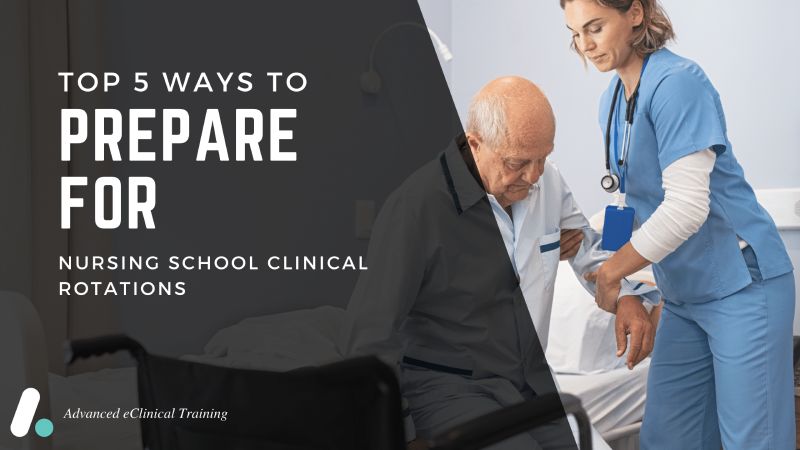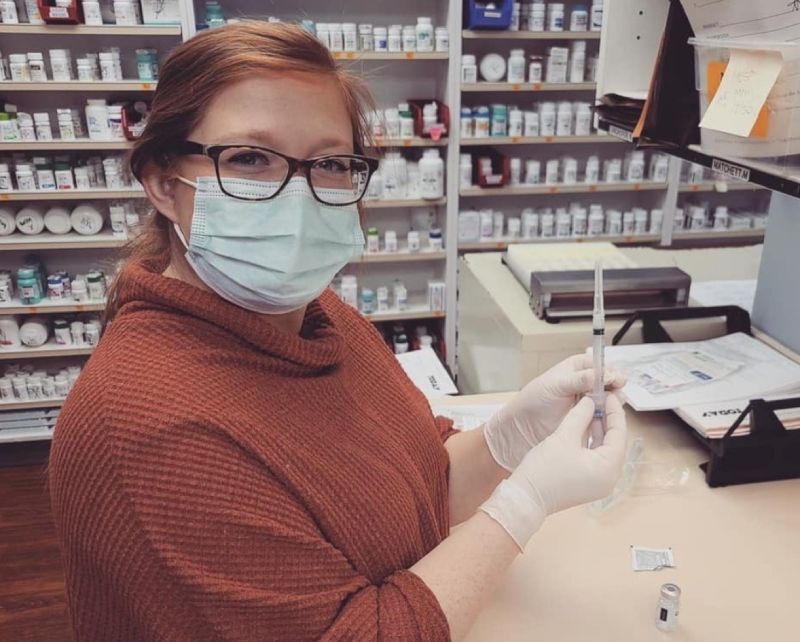How to Shadow a Doctor: A Step-by-Step Guide for Pre-Med Students
For pre-med students, shadowing a doctor is a valuable experience. It provides a firsthand look at what physicians do every day, helping you better understand the profession and gain a clear picture of your future career. In this step-by-step guide, you’ll learn how to find and request shadowing opportunities, what to expect during the experience, how to act professionally, and more.
Let’s get started.
What Is Doctor Shadowing?
Doctor shadowing is the practice of observing a physician in their everyday work environment. Shadowing gives you the opportunity to see what it’s really like to be a doctor, since you’ll watch them interact with patients, manage their time, make clinical decisions, and collaborate with their co-workers. For pre-med students, this is one of the most valuable ways to gain firsthand exposure to the medical field before applying to med school.
It’s important to keep in mind that shadowing is purely observational. That means you’re there to watch and learn, not to participate in patient care. You won’t be performing any procedures, giving medical advice, or assisting with treatments. Instead, you’ll be a quiet presence, taking notes and gaining insight into the realities of medical practice.
In short, shadowing a physician helps you answer two main questions:
- What does a doctor’s job look like on a day-to-day basis?
- Can I see myself in this role in the future?
Why Shadowing Matters for Medical School
While shadowing a physician is a great way to get a feel for the profession, it’s also a means for strengthening your medical school application. Medical schools want to see that applicants have taken the time to truly understand what a career in medicine involves. Shadowing helps demonstrate this in several key ways.
1. It enhances your application narrative.
Admissions committees keep an eye out for more than just impressive grades and test scores. They also want to know why you’re pursuing medicine. Shadowing experiences often provide moments of insight that can inform your personal statement, secondary essays, and interview responses. Whether it’s a meaningful patient interaction or a behind-the-scenes look at the realities of healthcare, these experiences can help you articulate your motivation and commitment in a personal, authentic way.
2. It shows a serious commitment to the profession.
Spending time in clinical settings proves that you’re taking your career exploration seriously. It shows initiative and maturity, which are both qualities that med school admissions teams value. Rather than basing your career choice on assumptions or media portrayals, you’re doing your due diligence and seeking real-world understanding before stepping into the field.
3. It helps you explore different specialties.
Not all doctors do the same kind of work, and shadowing is a great way to see that firsthand. Whether you’re observing in family practice, pediatrics, surgery, or dermatology, shadowing gives you a glimpse into different areas of medicine. This exposure can help you refine your interests early and better understand what kind of medical career might suit you best.
How to Find Shadowing Opportunities
Now that you understand the value of physician shadowing, it’s time to start looking for opportunities. But where should you start? Here are some avenues to pursue as you begin your search:
- Networking: Ask family, friends, program alumni, professors, or your advisor if they know any doctors who might be open to having a student shadow them.
- Cold Outreach: Reach out directly to local clinics, hospitals, or private practices with a polite email or phone call introducing yourself and your interest in shadowing.
- College Resources: Talk to your pre-med advisor, visit your schools’ career center, check bulletin boards, or attend pre-health club meetings where shadowing leads may be shared.
- Specialty Programs: Apply to formal hospital-based shadowing programs, summer enrichment experiences, or virtual options that offer structured clinical exposure.
How to Request Shadowing Opportunities
Once you’ve identified a potential doctor to shadow, the next step is reaching out. Whether you’re getting in touch with someone through a personal connection or cold-contacting a clinic, your communications should be clear, polite, and concise.
Email is usually the best first method of contact. It gives the recipient time to read and respond on their own schedule and enables you to craft a thoughtful message. If you don’t hear back after a week or two, a polite follow-up phone call or second email is appropriate.
What to Include in Your Message
No matter how you choose to reach out, your initial message should express:
- A brief introduction (your name, where you go to school, and what year of study you’re in)
- Your interest in pursuing medicine
- A clear, specific request to shadow
- Your general availability
- A willingness to comply with HIPAA and to sign any necessary paperwork
Here’s an example of what this could look like:
Subject: Shadowing Opportunity Inquiry – [Your Full Name]
Dear Dr. [Physician’s Last Name],
My name is [Your Full Name], and I’m a [year: freshman, sophomore, etc.] at [Your University] majoring in [Your Major] with plans to apply to medical school. I’m reaching out to see if you might be open to allowing me to shadow you for a few hours or days to gain insight into your specialty and daily responsibilities as a physician.
I’m happy to work around your schedule and complete any necessary forms, including HIPAA compliance. Please let me know if this might be possible or if you can recommend someone else I might contact.
Thank you very much for your time and consideration.
Best regards,
[Your Full Name]
[Your Phone Number]
[Your Email Address]
How to Follow Up
If you don’t hear back within 7–10 days, it’s okay to send a brief follow-up email by replying to your original message. Here’s how this one could read:
Dear Dr. [Last Name],
I hope this message finds you well. I’m writing to follow up on my previous email regarding the possibility of shadowing you. I’m still very interested in the opportunity. However, I completely understand if your schedule is full or if you’re unable to accommodate shadowing at this time.
Thank you again for considering my request, and I hope to hear from you soon.
Best,
[Your Name]
Preparing for Your Shadowing Experience
Once you’ve secured an opportunity to gain shadowing hours, the next step is to make sure you show up ready to learn. A little preparation can go a long way in making a strong first impression and getting the most out of the experience.
Dress Professionally
Appearance matters in clinical settings. Unless told otherwise, aim for business casual or professional attire.
- This usually means: Closed-toe shoes, dress pants and shirt, neutral colors
- Avoid: Jeans, leggings, sneakers, strong perfumes/colognes, and flashy accessories
If you’re shadowing in a hospital, scrubs may be appropriate, but always ask ahead of time if you’re unsure.
Bring Only the Essentials
You don’t need much, but a few key items can be helpful:
- A photo ID (some facilities may require this for access)
- A small notepad and pen to jot down thoughts (pro tip: Never write patient names or identifying info)
- A water bottle to stay hydrated during long shifts (keep in mind that you may be required to keep this in a locker while with the doctor)
- Any documents the facility or physician instructs you to bring (e.g., immunization records or required forms)
Prepare Mentally
Shadowing requires you to be respectful, observant, and engaged, even if you’re mostly quiet. Doctors and patients trust you to maintain professionalism at all times. Stay attentive, listen closely, and use your downtime to reflect on what you observe. When the timing is appropriate, ask any questions that come to mind.
Shadowing Dos & Don’ts
To make the most of your experience, and leave a positive impression, it’s important to follow proper etiquette. Here are some key guidelines to keep in mind before, during, and after your time with a physician.
Do:
- Respect boundaries and maintain confidentiality: Always follow HIPAA guidelines and never share patient information.
- Show initiative, but stay humble: Be proactive about learning, but remember that you’re there to observe, not show off.
- Stay engaged: Show interest with your body language, stay off your phone, and avoid zoning out.
- Handle unexpected situations gracefully: Medical environments can be unpredictable, requiring you to stay calm and remain flexible.
- Ask thoughtful questions: Inquire when appropriate, typically between patient visits or at the end of the day.
- Be punctual: Arrive early and be ready to go when the physician starts their shift.
- Express gratitude: Thank the doctor (and staff) for their time. Consider sending a follow-up thank-you note after your shadowing experience wraps up.
Don’t:
- Be too passive or disengaged: Even though you’re only observing, you should still be mentally present and curious.
- Show up unprepared: Know what to wear, where to go, and what’s expected of you ahead of time.
- Violate confidentiality rules: Even unintentional breaches (like sharing a patient story on social media or in passing) can be serious.
- Ghost your doctor afterward: Always follow up to thank them and reflect on what you learned.
- Expect hands-on patient interaction: You won’t be diagnosing, assisting, or directly working with patients as part of the shadowing experience.
- Be a distraction: Avoid interrupting conversations or taking up too much of the physician’s time. Remember, they’re still working during your time together.
Start Shadowing With Confidence
Shadowing a doctor is one of the most valuable steps you can take on your pre-med journey. It gives you firsthand insight into the realities of practicing medicine, helps you clarify your career goals, and strengthens your application with meaningful, real-world experience.
If you’re looking for even more hands-on preparation, consider enrolling in one of Advanced eClinical Training’s pre-med certification programs. When you enroll, you won’t only get access to high-quality course material, you’ll also have the opportunity to gain clinical experience through guaranteed externship placement.
Ready to take the next step? Browse our pre-med courses and enroll today.



